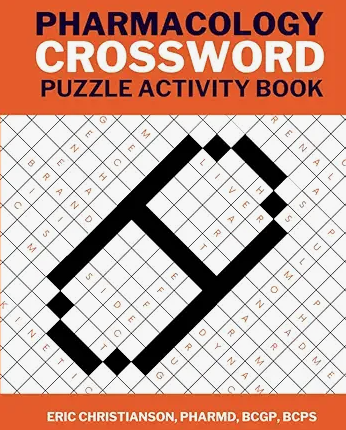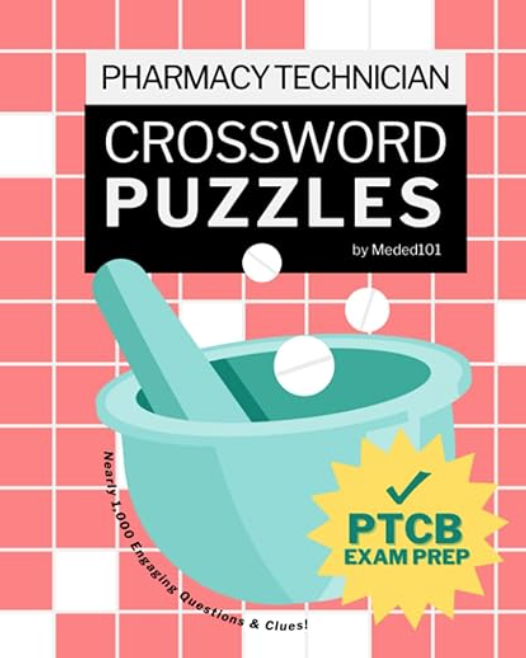The prescribing cascade occurs when a side effect of a medication is misinterpreted as a new medical condition, leading to the prescription of additional medicines that may be unnecessary and potentially harmful. In patients with dementia, this can be common due to polypharmacy and the complexity of managing cognitive and behavioral symptoms. Here are five examples of the prescribing cascade in dementia care.
Anticholinergic Medications
Medications with anticholinergic properties such as oxybutynin, diphenhydramine, or amitriptyline used for unrelated conditions can cause a decline in cognitive function. This decline might be misattributed to the progression of dementia, prompting providers to increase the dose of dementia medications like donepezil or add memantine, thus compounding the patient’s medication burden and risk of adverse effects.
Urinary Incontinence
Another notable example involves cholinesterase inhibitors like donepezil. These drugs increase acetylcholine levels, which can lead to urinary incontinence. Acetylcholine worsens urinary incontinence by stimulating M3 muscarinic receptors in the bladder’s detrusor muscle, causing involuntary contractions that lead to urgency and urine leakage (excellent board exam nugget). In response, clinicians may prescribe anticholinergic agents such as oxybutynin, tolterodine, or other medications to manage incontinence, but these drugs counteract the effects of cholinesterase inhibitors and can worsen cognitive impairment. Essentially we are counteracting what we are trying to do with each medication. Be sure to recognize the drug that caused the issue in the first place, and seek alternatives and/or discontinue the medication.
CNS Depressants
Here’s a case scenario where a benzodiazepine caused the prescribing of dementia medication. An 80-year-old woman with a history of anxiety was prescribed a benzodiazepine for sleep, but over several months her family noticed increasing memory loss, confusion, and difficulty with daily tasks; concerned about possible dementia, her physician evaluated her cognitive function, diagnosed mild cognitive impairment likely worsened by the sedative, and initiated a cholinesterase inhibitor to manage the symptoms while tapering off the benzodiazepine. The benzodiazepine ideally should have been tapered/discontinued prior to considering adding therapy for dementia.
Antipsychotics and the Prescribing Cascade
Antipsychotics prescribed for behavioral symptoms in dementia such as risperidone or haloperidol can induce extrapyramidal symptoms like parkinsonism. These symptoms may be misinterpreted as a new movement disorder, leading to the prescription of drugs like Sinemet or benztropine, which introduces more side effects without addressing the original issue.
Memantine and Agitation
In rare cases, memantine can cause agitation. Here’s a case scenario of how this can lead to the prescribing cascade. LS is an 82-year-old male. He was started on memantine 5 mg daily, titrated to 10 mg twice daily over two weeks to help with cognitive symptoms. Shortly after reaching the target dose, his family reported increased restlessness, agitation, and episodes of yelling, especially in the late afternoon. Believing this was worsening behavioral symptoms of dementia, his primary care provider prescribed lorazepam 0.5 mg as needed for agitation. Over the next two weeks, Mr. L became increasingly drowsy and confused, and experienced a fall resulting in a head injury.
There you have it, my top 5 examples of the prescribing cascade in dementia care. Leave a comment below if you have another example!
- 30 medication mistakes PDF
- 18+ Page Drug Interaction PDF
- 10 Commandments of Polypharmacy Webinar based on my experiences in clinical practice









0 Comments